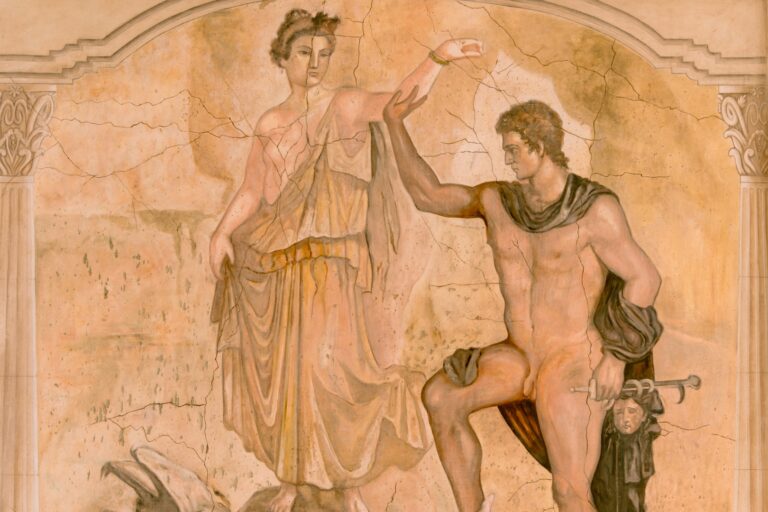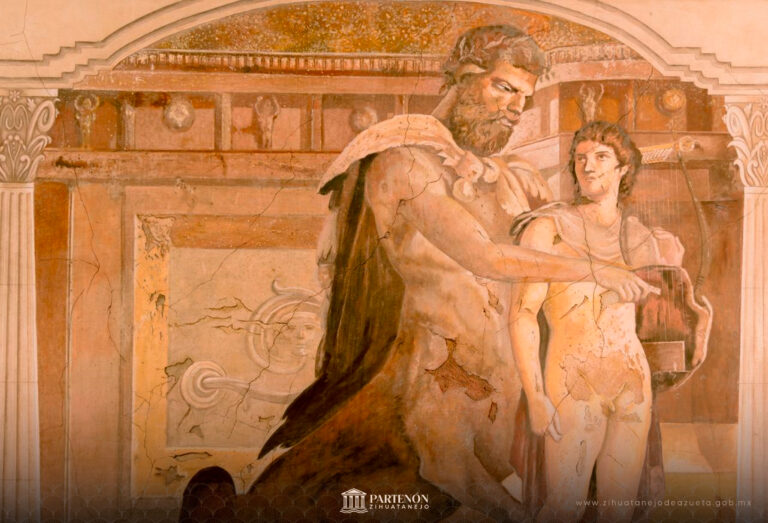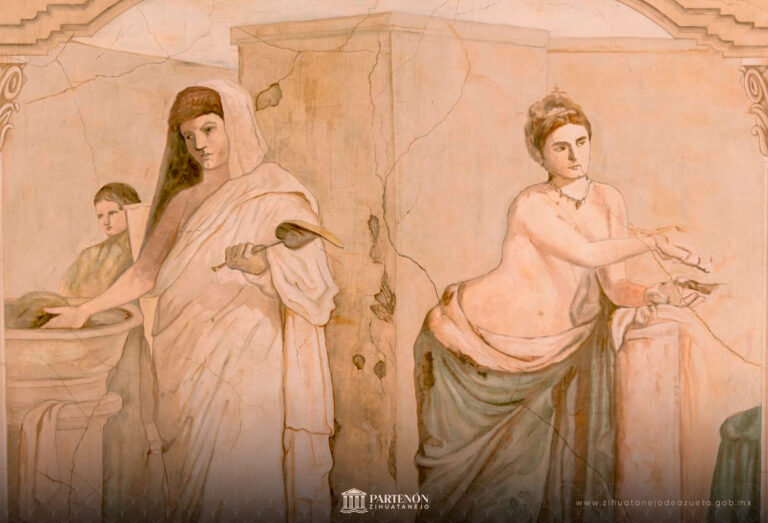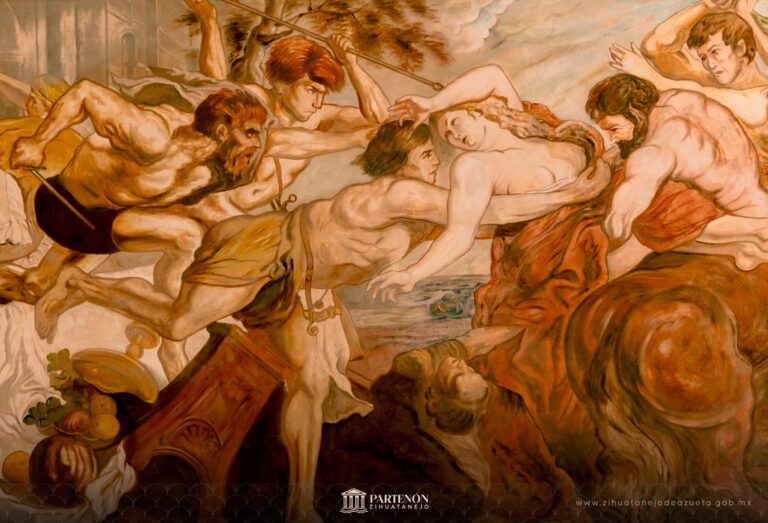Theseus the Liberator
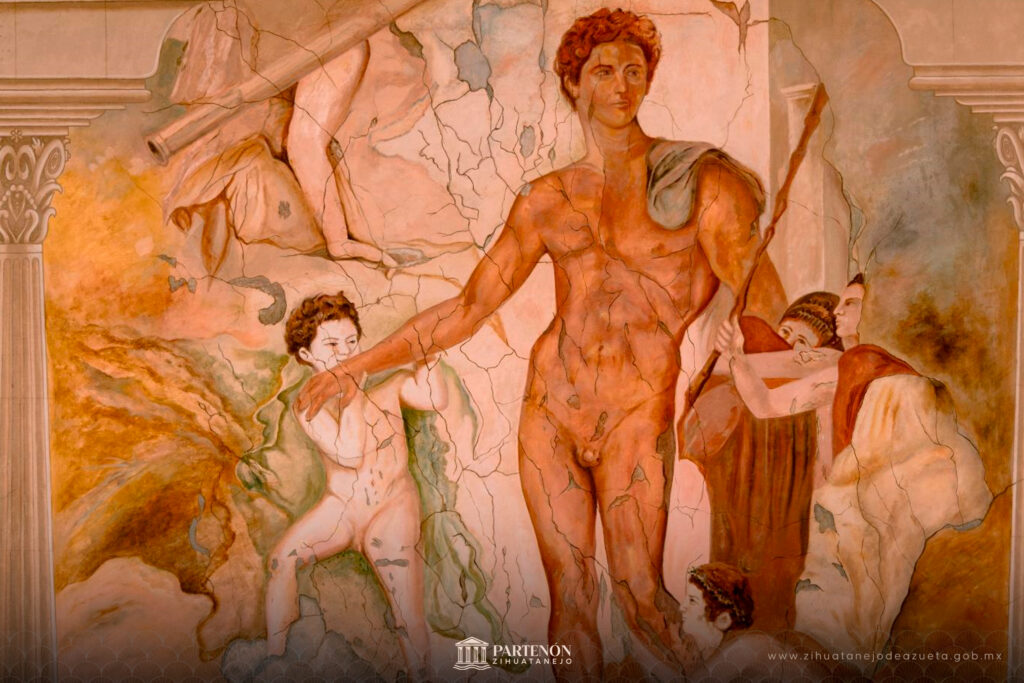
Art painting inspired by the work: Theseus Liberating, a fresco painting of 88×97 cm, from the House of Gavius Rufus, Pompeii.
This magnificent fresco, inspired by one of the best-known myths of ancient Greece, decorated the exedra of the House of Gavius Rufus, a sumptuous residence located in the ancient Pompeii City. This house was excavated in 1867 and is named for the inscriptions on either side of the entrance. The house is well preserved. In addition to this fresco, other paintings were found, including the one depicting the wedding of Pirithous and Hippodamia, which stands out for its beauty. Other works of art were also found, such as mosaics and statues depicting Apollo, Minerva, and the Goddess of Fortune.
In the central part of the artwork, Theseus is depicted in a triumphant pose and attitude, having freed the Athenians from the tribute imposed by the Cretans, which consisted of the annual sending of seven boys and seven girls to be offered to the dreaded Minotaur. The Athenian hero put an end to this barbaric sacrifice by killing the Minotaur.
This artwork was inspired by a 4th-century BC Greek painting, of which another known replica was found in the Basilica of Herculaneum. The Theseus Liberating from Pompeii dates from between 50 and 79 AD and is classified within the fourth painting style of ancient Roman. The artwork is currently part of the wonderful collection of around 400 Roman frescoes housed at the National Archaeological Museum in Naples, considered the largest in the world.

